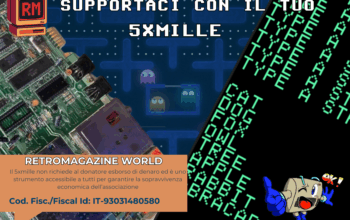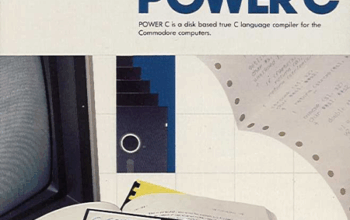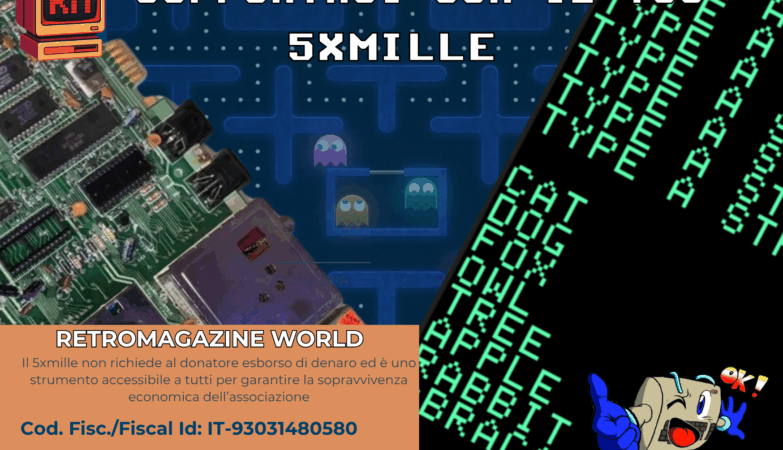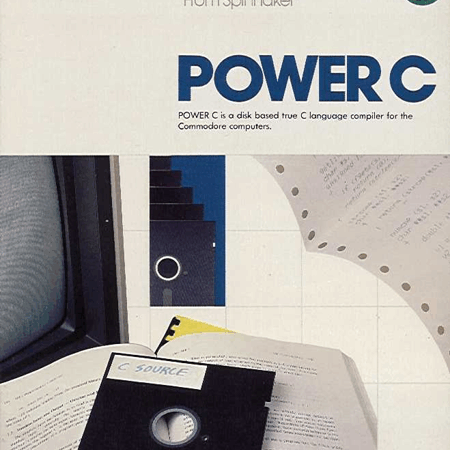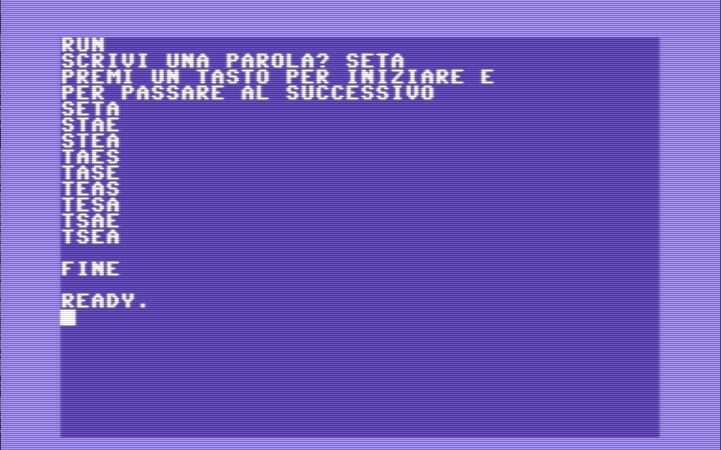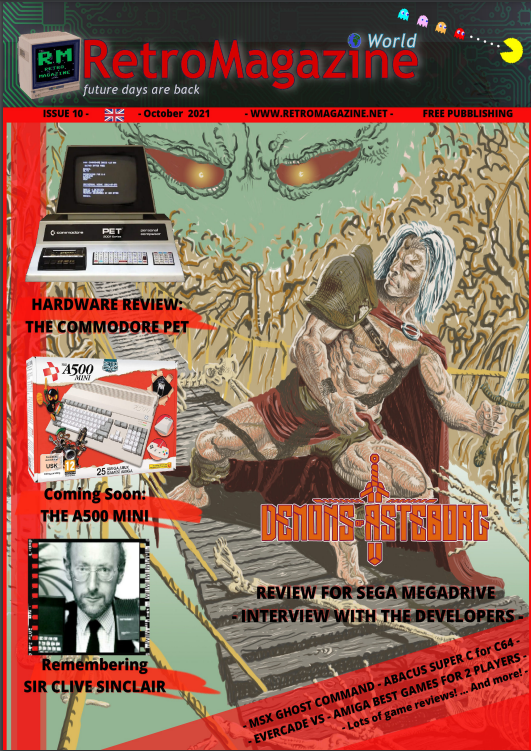
People involved in the preparation of this issue of RetroMagazine World (in no particular order):
- Alberto Apostolo
- Marco Pistorio
- Carlo N. Del Mar Pirazzini
- Daniele Brahimi
- Mic the Biker Novarina
- Francesco Fiorentini
- David La Monaca
- Leonardo Miliani
- Giuseppe Rinella
- Christian Miglio
- Ermanno Betori
- Roberto Del Mar Pirazzini
- Michele Iurillo
- Gianluca Girelli
- Parsec 99
- Stefano Bodrato
- Cover art by Giuseppe Mangini
- Cover layout by Carlo N. Del Mar Pirazzini
Editorial by Francesco Fiorentini
The deception of Moore’s law
Writing the editorial is never easy. Sometimes the arguments come by themselves, other times you have to think about it for a long time to find an interesting track. This is why we often alternate, each of us has something to say and the editorial and the fourth cover are the place to give voice to our thoughts, far from the technicalities of the other articles. This time I wanted to talk about the many editorial initiatives that have arisen and/or restarted in this last period, but the more I thought about it, the more I realized that I had not yet found the right narrative key; it is better to defer to one of the next issues… The light at the end of the tunnel came this afternoon, when I received and paginated the article for the fourth cover signed by Mic the Biker Novarina. His reflection struck me and made me think. In recent years we have all experienced the fascination of increasingly powerful machines, able to perform increasingly complex calculations in ever shorter times. It was a real race, by the manufacturers of microprocessors to design and sell CPUs increasingly powerful and faster to feed to an audience hungry for performance and benchmarks… A race well represented by the famous Moore’s Law, in times not suspicious. In 1965, in fact, Gordon Moore, co-founder of Intel, had assumed that the number of transistors in microprocessors would double every 12 months or so. This resulted in a greater number of calculations that the microprocessor could do in the same fraction of time and consequently in a higher speed of the computer. This hypothesis, as we have seen, has proved to be accurate given that today it is still almost valid, even if with a deviation of a few months (i.e. the number of transistors doubles on average every 18 months). But then, after so many years spent in buying increasingly powerful machines, we suddenly stopped our race and started another one… backwards! We are now buying older and older machines, even more primitive and consequently slower ones… Almost to defy Gordon Moore’s law! Obviously to manage the tide of information and data that we take for granted nowadays, we need hyper-fast machines and no one would ever dream of entrusting delicate calculations to machines of 40 and past years… But perhaps, happiness, at least for some of us, passes through a small heart that we want to hear beating. And the less transistor this heart contains, the stronger its heartbeat and the stronger we feel it pulsing. On the other hand, our mind may contain thousands of pieces of information, but its speed of calculation is relatively slow. So let’s have slow machines, with which we can dialogue on an equal footing, but with a large memory, capable of containing all our memories in digital form. Sooner or later we will take them back into our hands to satisfy our technical and/or playful curiosity.
Table of contents:
- Philips Microprocessor Development System PDMS II
- Commodore PET 2001
- First look at EVERCADE VS – everything you need to know
- TheA500 Mini – A compendium of pure happyness
- MAXIM, the arcade room since 1990 – Part 1
- Interview with the creators of Demons of Asteborg
- MSX BASIC the ghost commands… first part
- Abacus Super C – The C language on the Commodore 64
- RetroMath: Calculation of the function sin(x) for “tough men”
- Commodore C128 – Analysis of an “Easter Egg”
- Master Mind on PICO
- EnigmA Story 2nd episode: first steps and first meetings
- Retromagazine’s Bowls Club
- Bunker – A short story about a piracy tool authorship
- DDatassette.org – Brazilian retrocomputing
- Thunderflash by Seep
- ListAmiga – the 5(+1) games to play in double
- Zorro
- The Great Giana Sisters SE (Amiga)
- Alex Kidd 3 (MD)
- DoReMi Fantasy (SNES)
- Gunbeef F-99 (Amiga)
- 1987 Escape from Berlin (Amiga)
- Unholy Night (SNES)
- Demons of Asteborg (MD)
- Volgarr the Viking (DreamCast)
- Delta (C64)
- Thanks for everything, uncle Clive!


